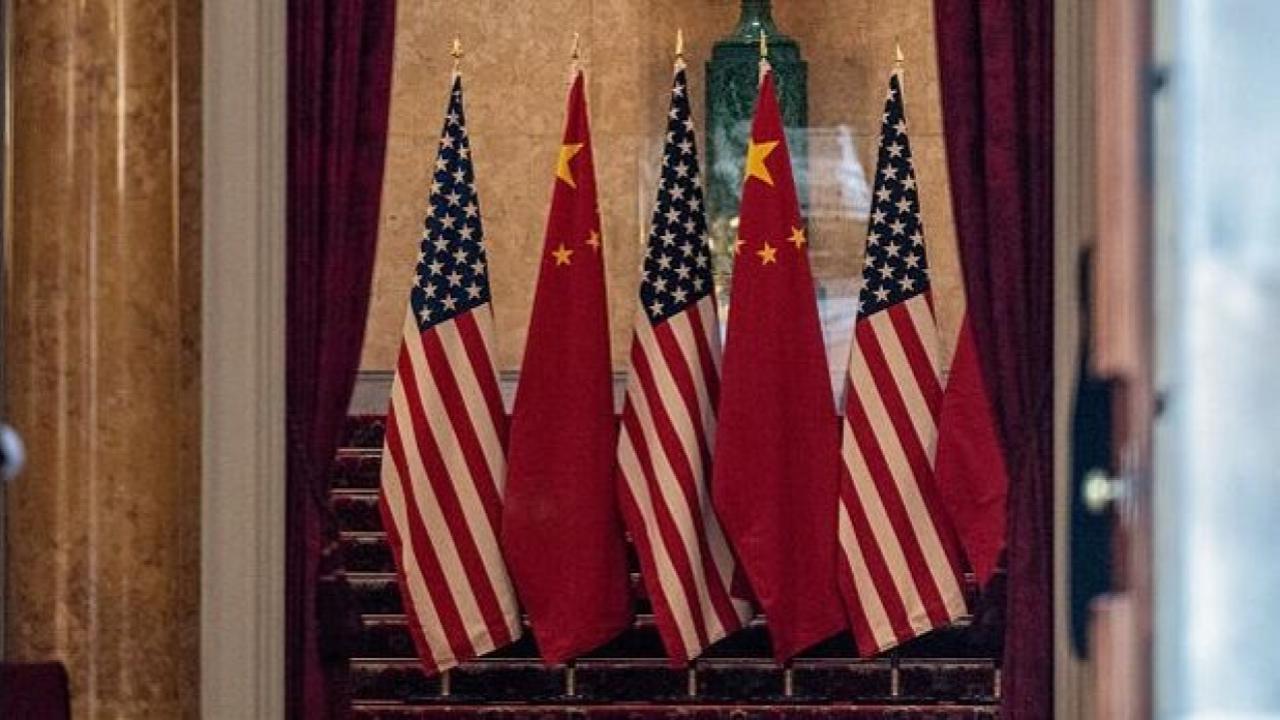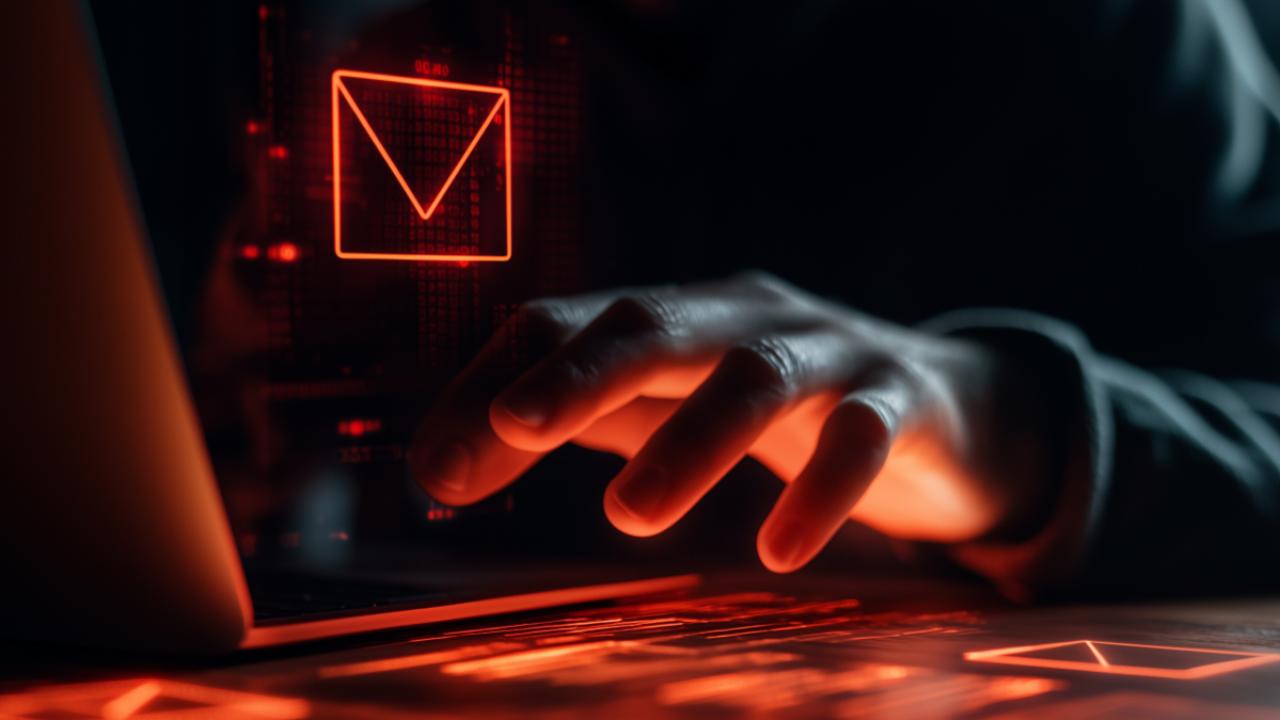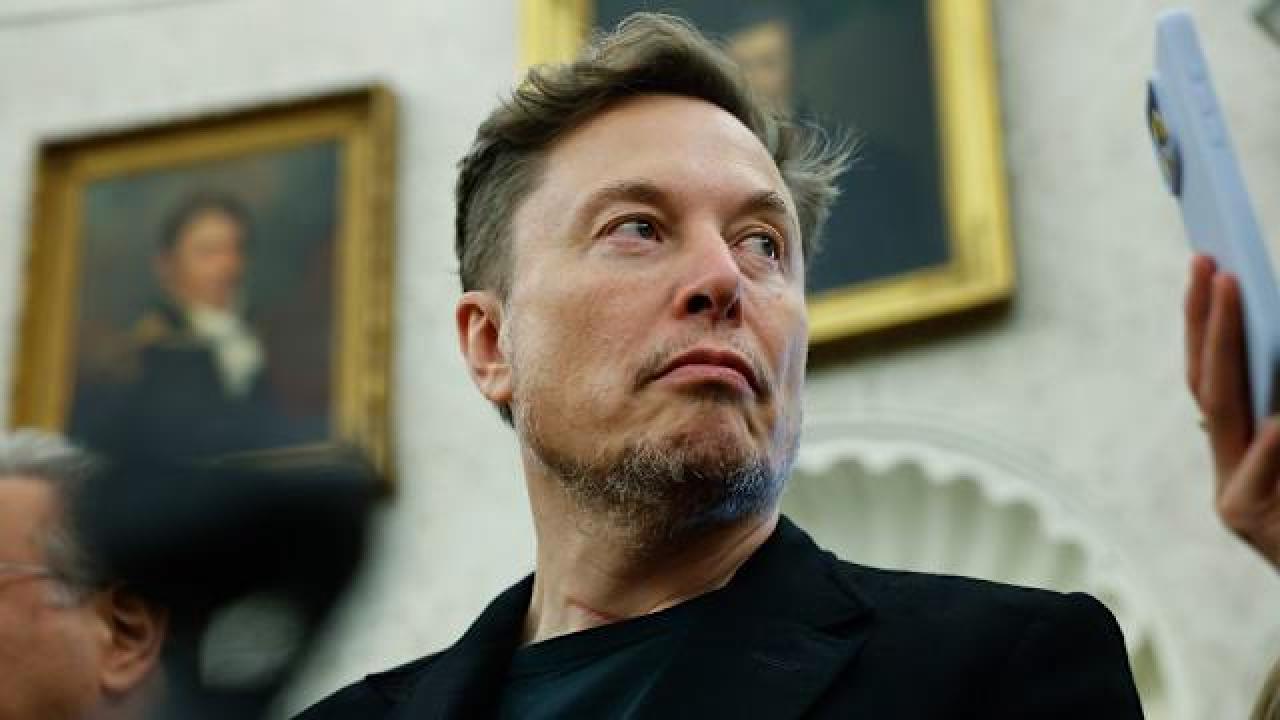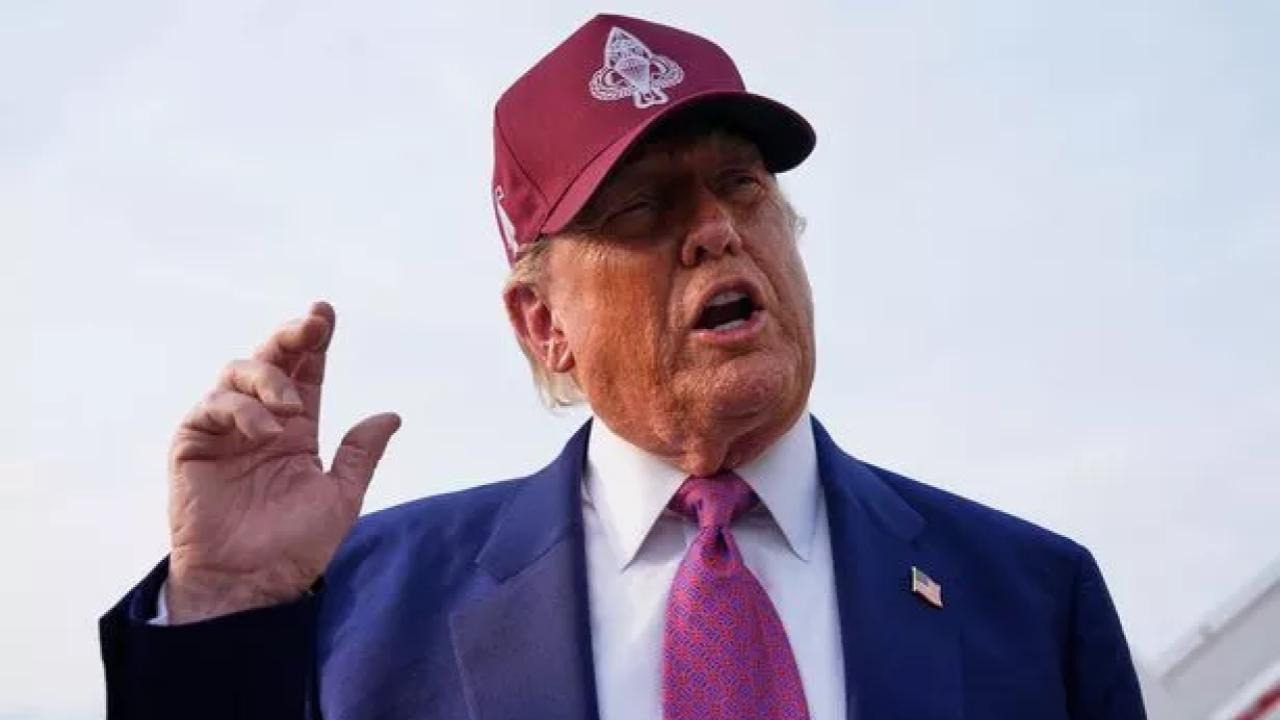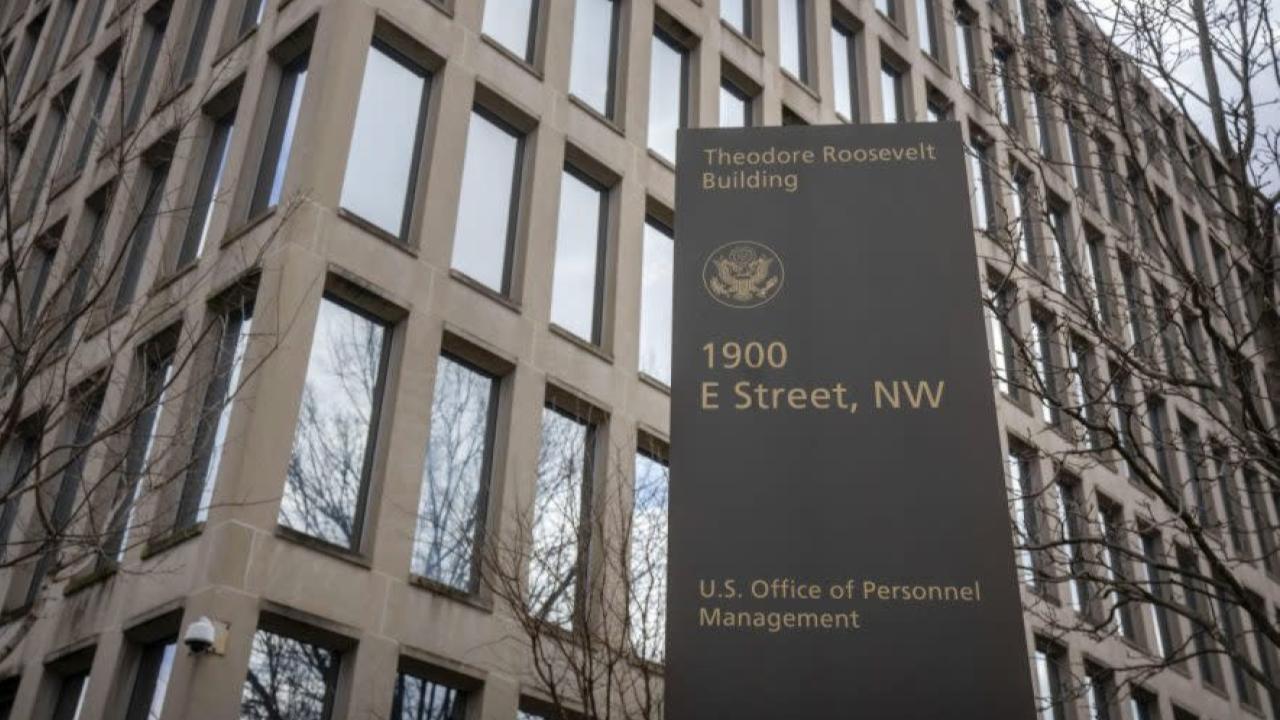Downtown Los Angeles has been under an emergency curfew after Mayor Karen Bass declared a local emergency in response to escalating protests, vandalism, and looting tied to anti-ICE demonstrations. Here’s an inside look at what triggered the move, what it means for Angelenos, and where things go from here.

Mayor’s Emergency Curfew Hits Downtown LA
| Insight | Data |
|---|---|
| Number of arrests | Nearly 300 over four nights of protests |
| Curfew hours | 8 p.m. to 6 a.m. in one-square-mile zone |
| Military deployments | Over 2,100 National Guard + ~700 Marines sent |
Mayor Bass’s emergency curfew shows just how tense things have gotten in downtown L.A. With troops deployed, lawsuits in play, and the public demanding answers, this moment has become a flashpoint for America’s broader debate over protest, immigration, and executive power. Whether calm returns or the conflict deepens remains to be seen.
What Prompted the Curfew?
Anti-ICE protests have rocked downtown L.A. for five consecutive nights, spurred by federal immigration raids. While many demonstrations were peaceful, recent nights saw significant violence: vandalized storefronts, looted businesses (at least 23 on one night), disabled vehicles, and incendiary acts like Molotov cocktails.
With unrest intensifying, Mayor Bass took decisive action:
- Declared a local emergency.
- Set an 8 p.m.–6 a.m. curfew within a one-square-mile core bounded by the 5, 110, and 10 freeways.
- Warned non-residents and non-essential personnel to steer clear—violations carry arrest and prosecution.
Who’s Behind the Curfew—And What Has Unfolded
Mayor Bass said, “I have declared a local emergency and issued a curfew … to stop the vandalism, to stop the looting.”
LAPD Chief Jim McDonnell emphasized that lawlessness was the breaking point, with over 100 arrests in a single night.
Gov. Gavin Newsom has deployed 800 additional state and local officers, including 640 CHP personnel.
President Trump federalized over 2,000 National Guard troops and nearly 700 Marines to protect federal infrastructure, which critics argue politicizes the military’s domestic role.
What the Curfew Means Day-to-Day
For Residents and Workers
Local residents, downtown employees, and unhoused individuals within the zone are exempt but must carry proof or credentials. Everyone else must clear out by 8 p.m. or face arrest.
For Businesses
Retailers are closing early amid damage from vandalism and looting. Many are boarding windows or halting late‑night operations until conditions improve.
For Law Enforcement and Troops
LAPD has upped nightly patrols. The California Highway Patrol, National Guard, and Marines are coordinating to protect public and federal properties. While their roles are limited to defense, their presence is both a deterrent and, some say, an escalation.

Legal and Political Ripple Effects
A federal court challenge is underway: Governor Newsom is contesting Trump’s unilateral federalization of troops without state approval.
Critics argue that both state and federal authorities are overstepping. Some recall past examples like Selma 1965, where federal troops intervened in civil unrest.
What Comes Next?
- Curfew Review: Bass will reassess daily, continuing the curfew only if threats persist.
- Federal-State Standoff: A court hearing this week may determine if the troop deployment was legal.
- Community Impact: Residents and business owners hope calm returns soon, fearing long-term damage if unrest continues.
The Bigger Picture: Immigration, Protest, and Politics
These protests are part of a broader wave of resistance to ICE enforcement nationwide. Many communities say federal actions are tearing families apart. The debate now includes concerns that peaceful protest spaces are being violated by militarized responses—raising serious civil liberties questions.
FAQs
Why this downtown area?
It’s the epicenter of the protests and property damage, bordered by the 5, 110, and 10 freeways.
Are homeless individuals exempt?
Yes. Unhoused individuals in the curfew zone are exempt, though police recommend carrying ID or documentation.
What about journalists and peaceful protesters?
Media and peaceful demonstrators are generally exempt, though some have been injured in confrontations, raising First Amendment concerns.

